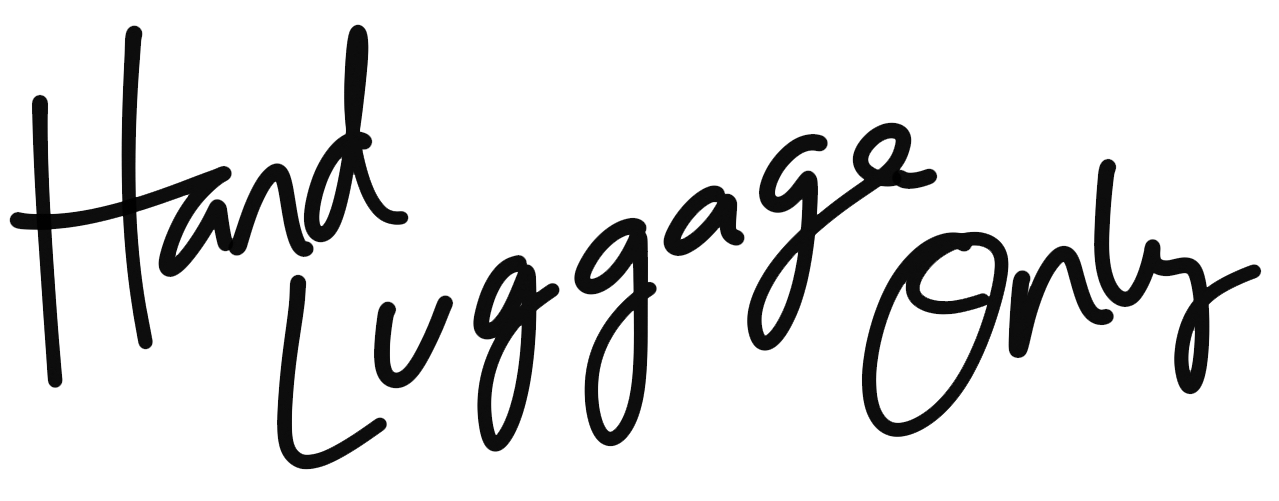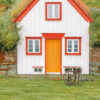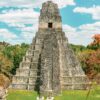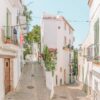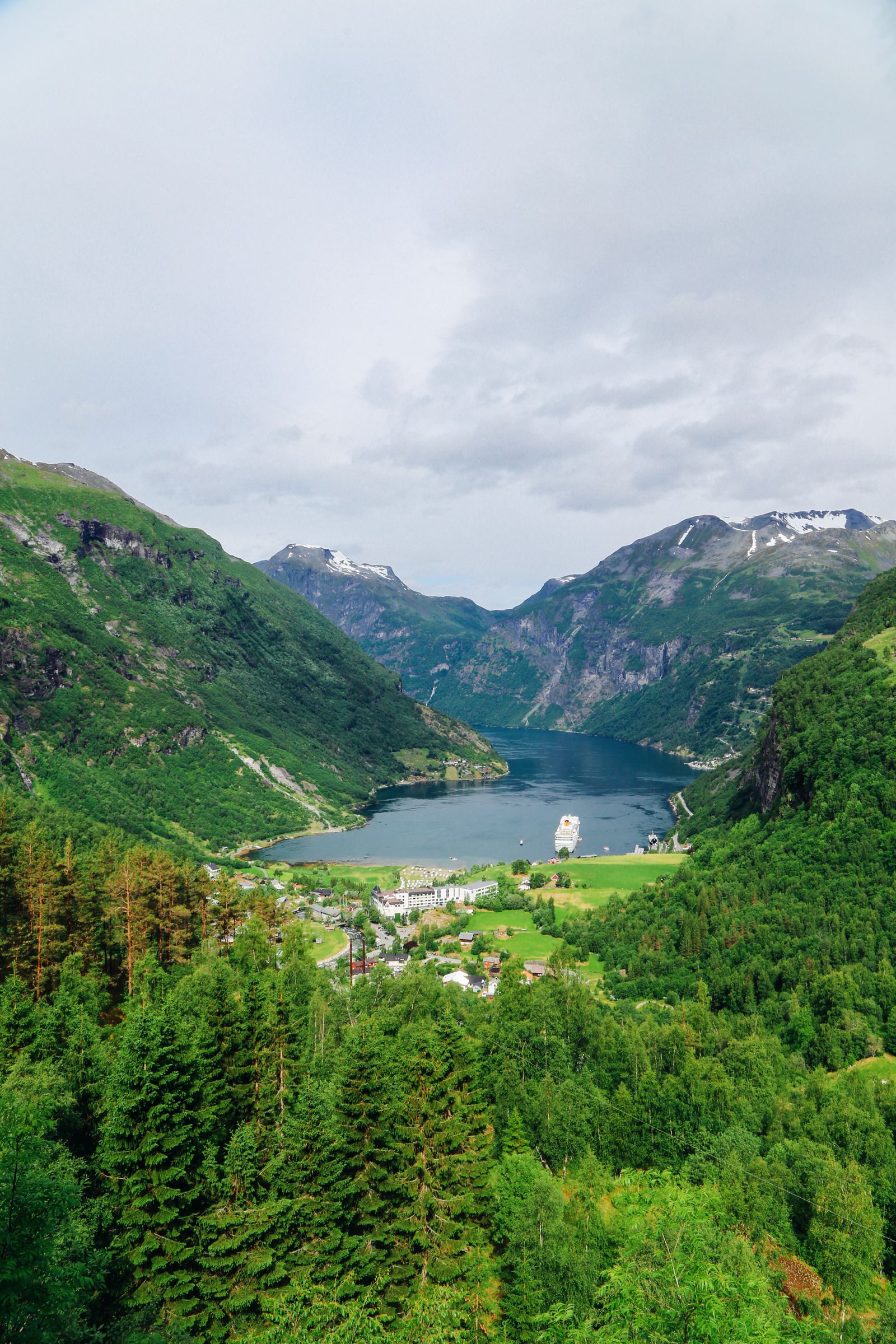As it turns out, the rain the started off at the square, didn’t last very long at all and so off we were exploring Lumbini again, this time headed for Maya Devi Temple, the exact spot where Buddha was born.
Remember how I said, that there were temples all over Lumbini donated by different countries? Well, these carry on well past the square we were in before.
We started off with the Myanmar Golden Temple – along with all the other temples around it, weaving through the complex and its pagodas before hitting the long stretch leading to Maya Devi Temple.













Once you get to the golden statue of Buddha, you know you’re getting closer.



At the temple, you’re not allowed to walk around with your shoes, so you leave your shoes at a shoe stand outside (none of us had any issues with our shoes of course but simple common sense dictates that you don’t bring your most expensive pair of shoes here).
The temple itself is fairly modest from the outside and it’s only once you get inside (which you’re not allowed to take photos in) that you start to get a sense of what this site is truly like.
Inside it are the ruins of an old palace, built by King Ashoka around the birthplace of Buddha – the exact spot which you can see when you’re inside.
The pillar outside is one of the pillars of Ashoka – which was discovered in 1896, along with palace ruins at this site.
Around the temple, you have a sacred pond and other gardens, draped with prayer flags, which are open for you to explore.
You’ll also see some more of the Palace’s ruins outside of the main temple building.




After a while here, we headed back to our hotel, stopping off briefly at the night market for another souvenir hunting session.


The next day, we would be off again. Our visit to Lumbini was short but sweet and absolutely essential to any trip to Nepal for anyone interested in finding out more about Nepali culture and history.
Check Out The Very Best Of Great Britain!


